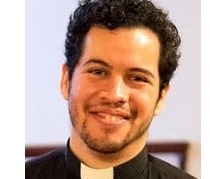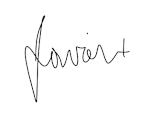Surely some revelation is at hand;
Surely the Second Coming is at hand…
And what rough beast, its hour come round at last,
Slouches towards Bethlehem to be born?
W. B. Yeats’ “The Second Coming”
Yeats’ poem has the profound honor of being used and misused for every purpose under the sun. Written in the shadow of the First World War, it closes with an apocalyptic vision befitting the moment: a time when society seemed to be falling apart at the seams, teetering toward chaos and destruction.
A cursory glance at the 20th century provides plenty of evidence for Yeats’ pessimism: another world war, Holocaust, genocide, nuclear proliferation… the list goes on. And yet the true nature of the beast in the poem is ambiguous: is this death and destruction the end of it all—or might it be the beginning of something new?
We have been here before. Accustomed to reading the gospels with modern eyes, we sometimes miss the apocalyptic nature of Jesus’ arrival: a people struggling to survive under Empire, on the eve of doom and destruction. (The Second Temple, the very heart and center of Israel’s religious and political identity, was destroyed shortly after Jesus’ death in 70 CE.) Sometimes, we look at the manger scene—the rocking cradle, the wise men, shepherds, and heavenly host—and forget the pain, loss, and long-deferred hopes that set the stage for such a humble savior.
In this uncertain time—a time where the world, once again, seems to be falling apart at the seams—what does it look like to welcome the hope of the Prince of Peace and Lord of Lords? Is it possible that this is not the end, but a beginning: a chance for something new, something good, to be born?
I do not know the answer. And yet, I hope.
—Fr. Javier


